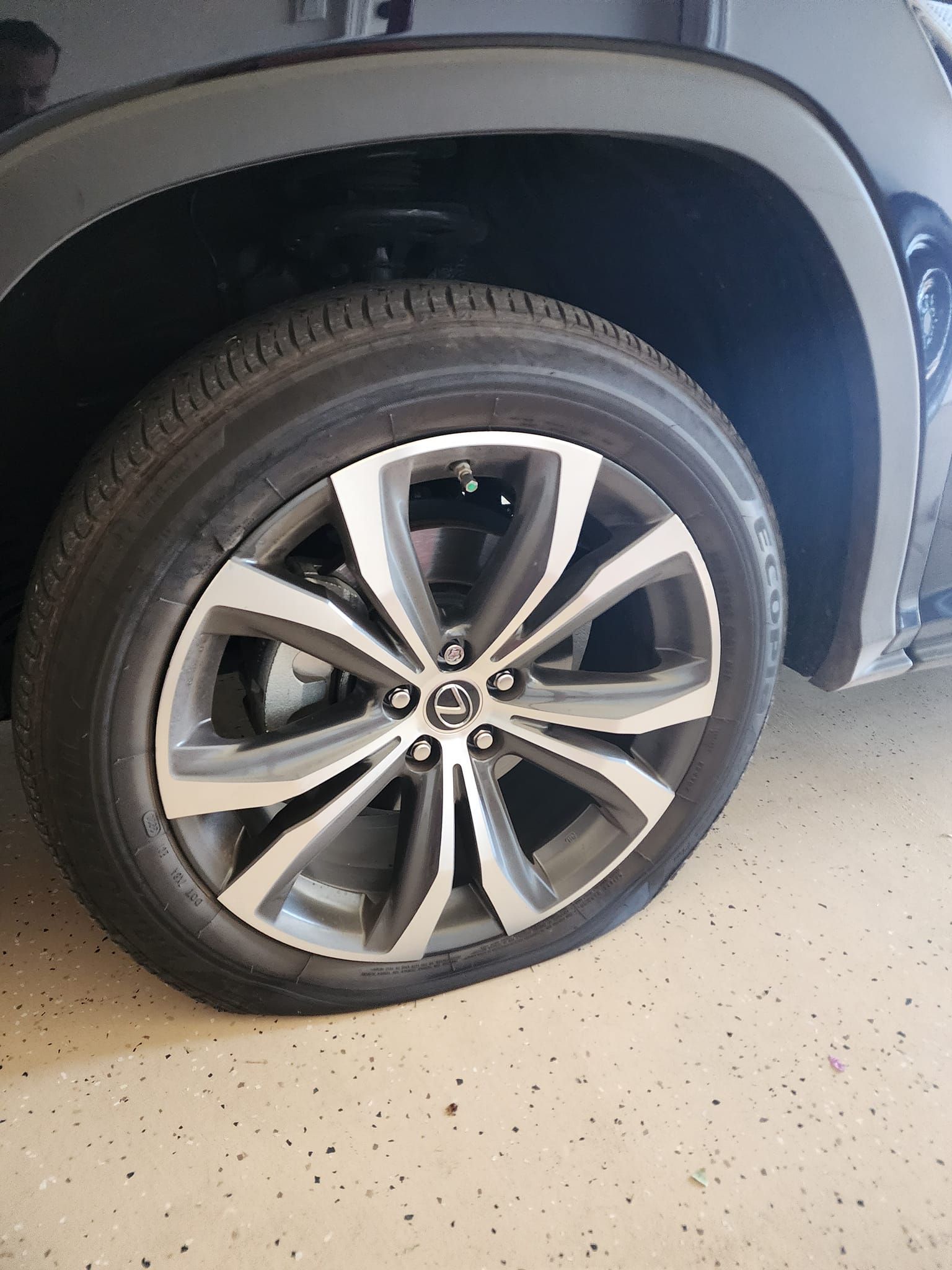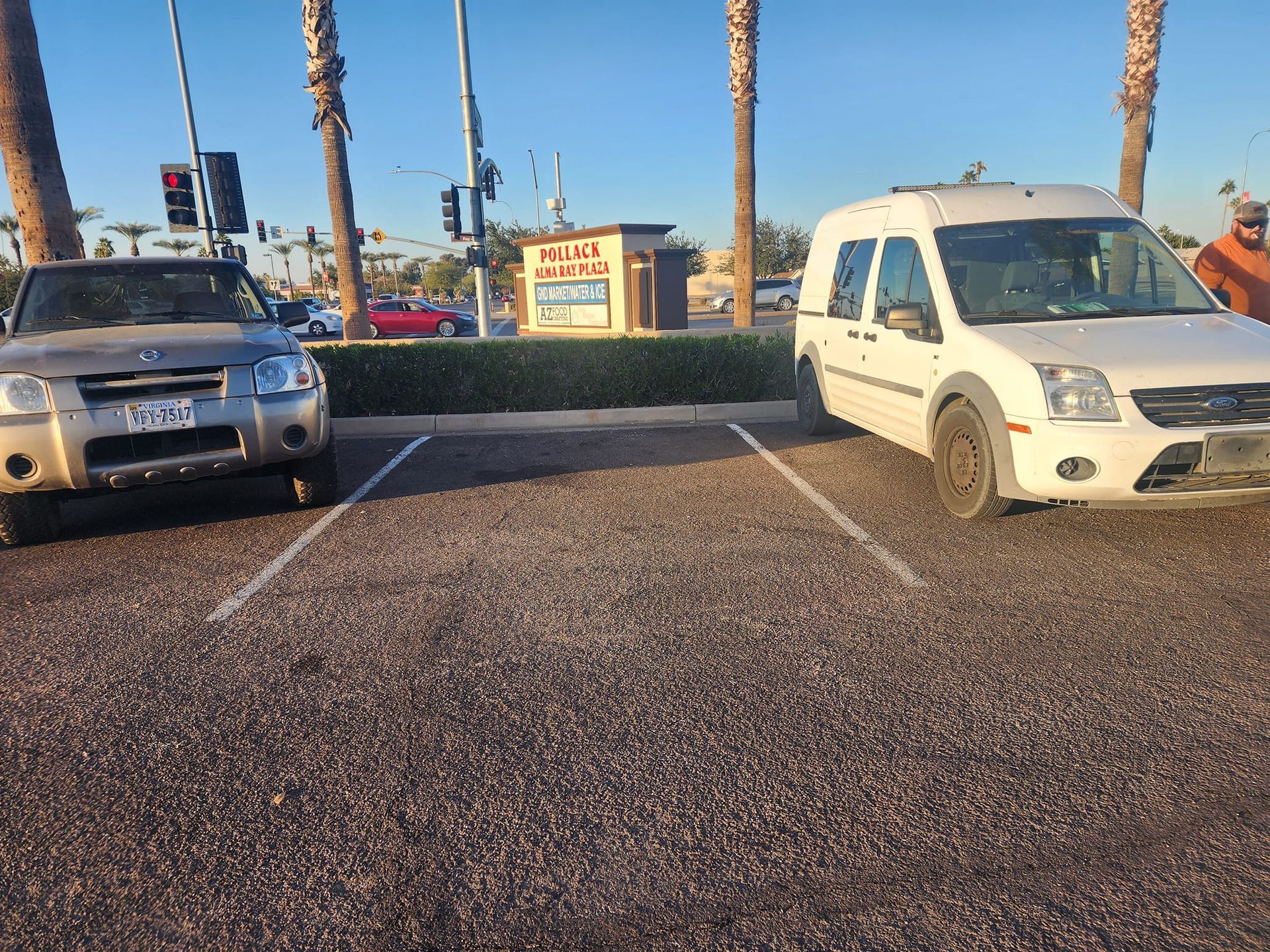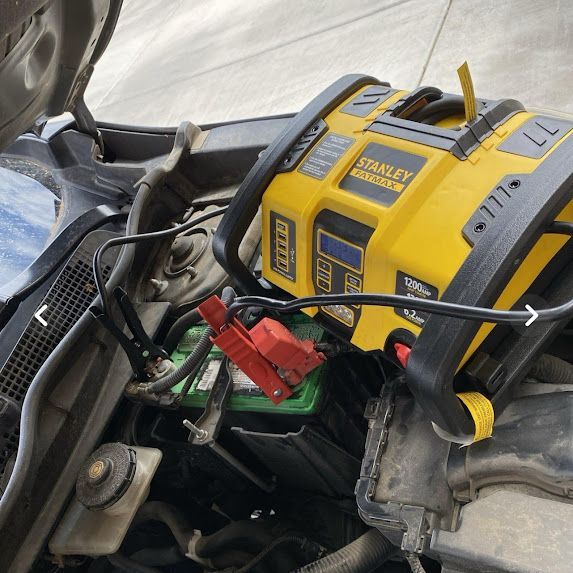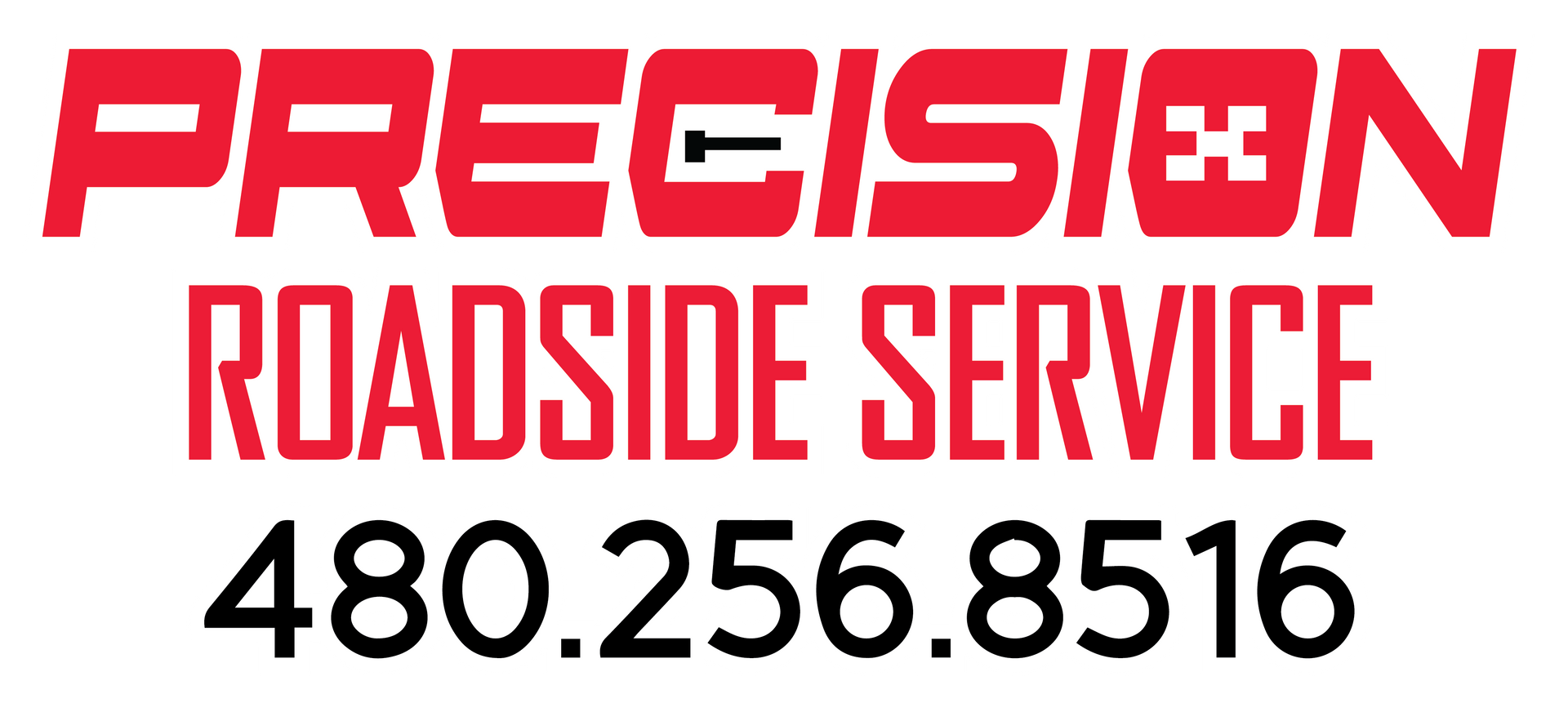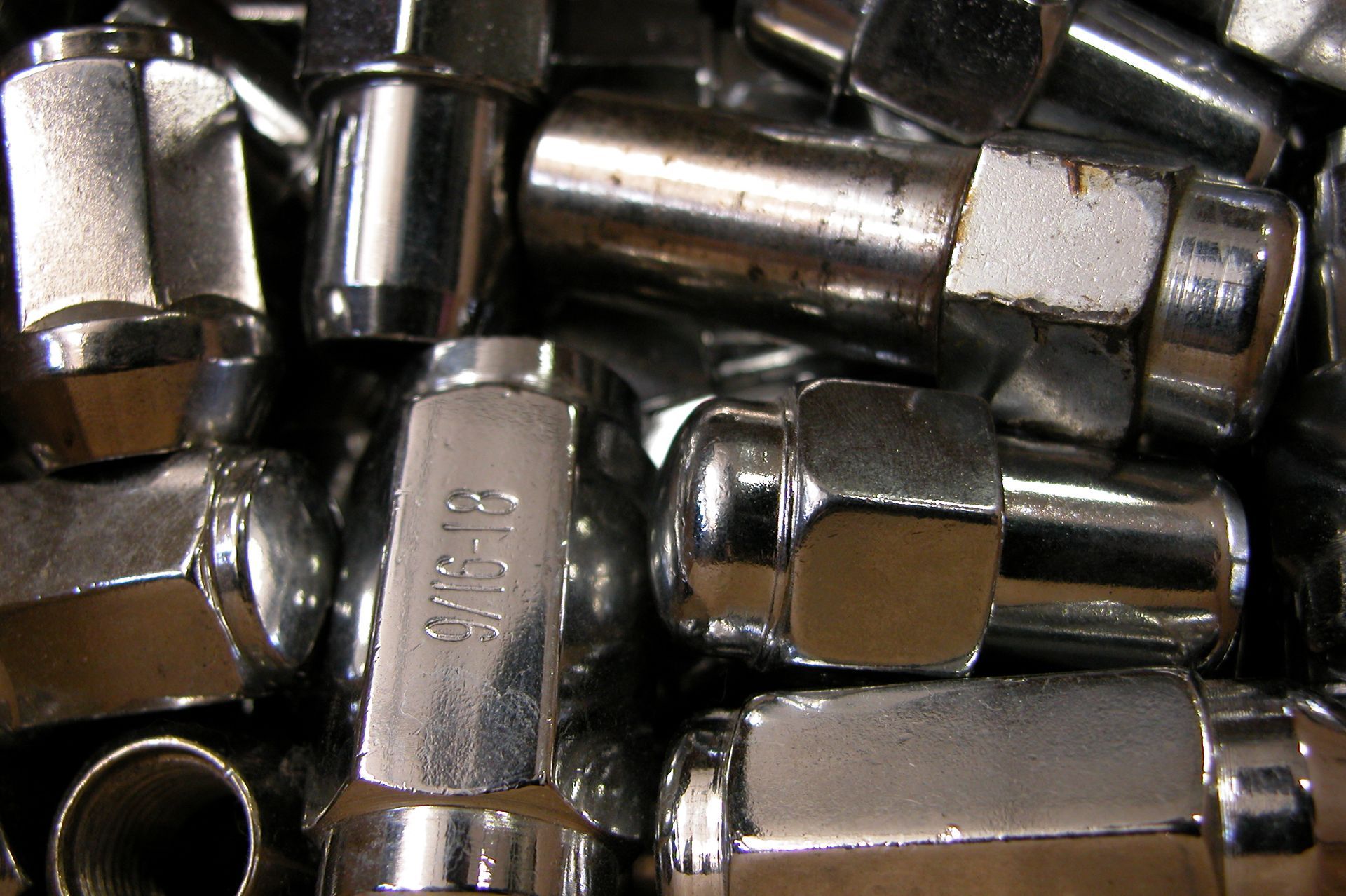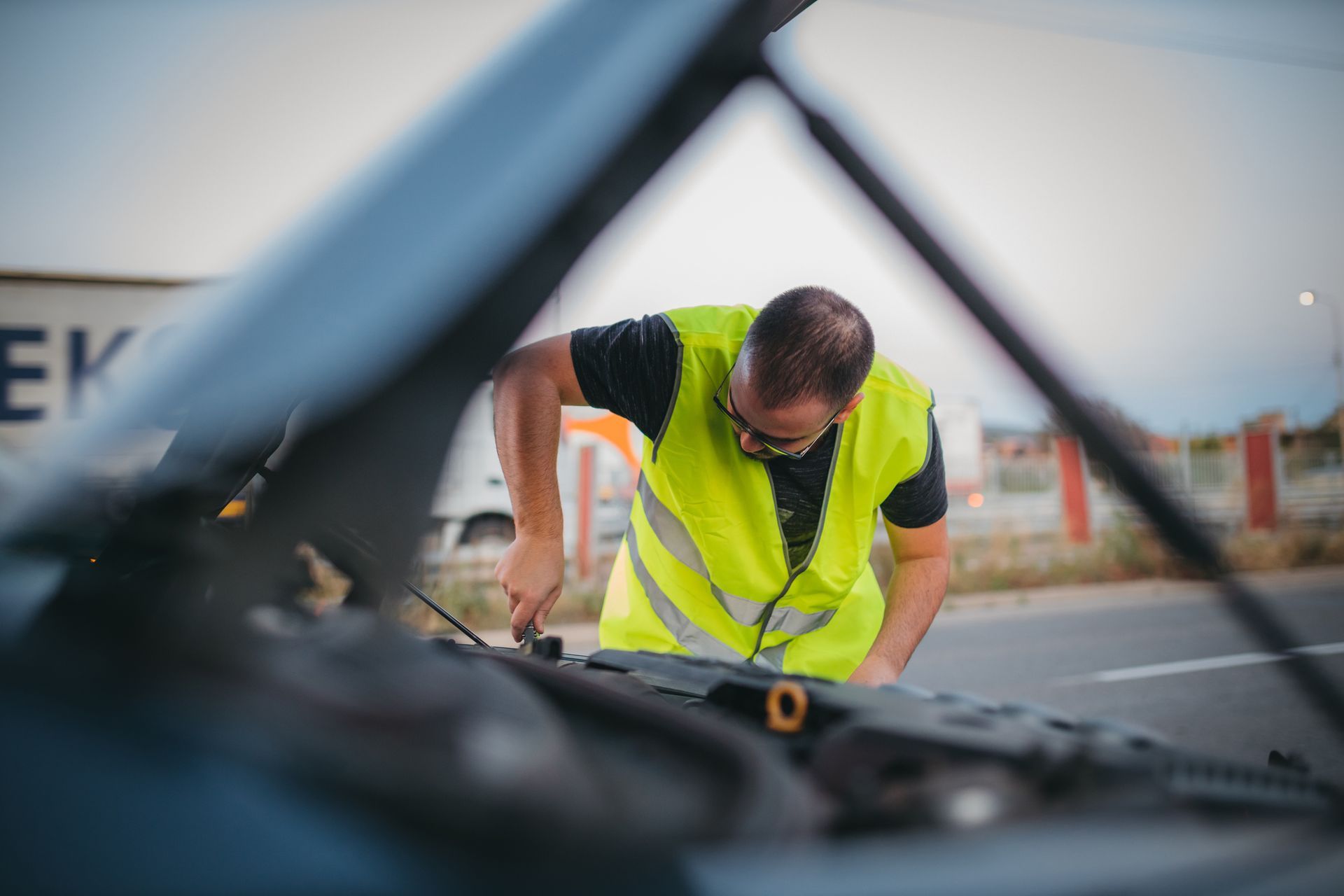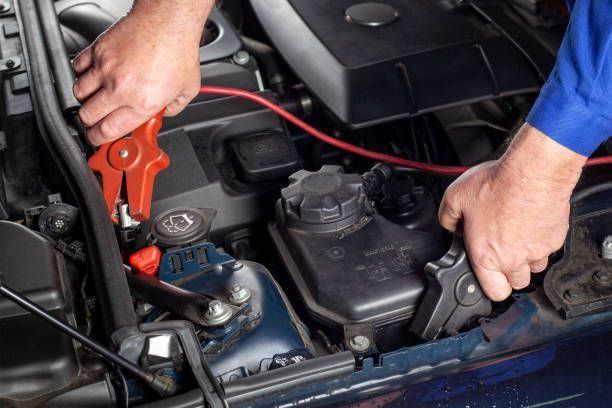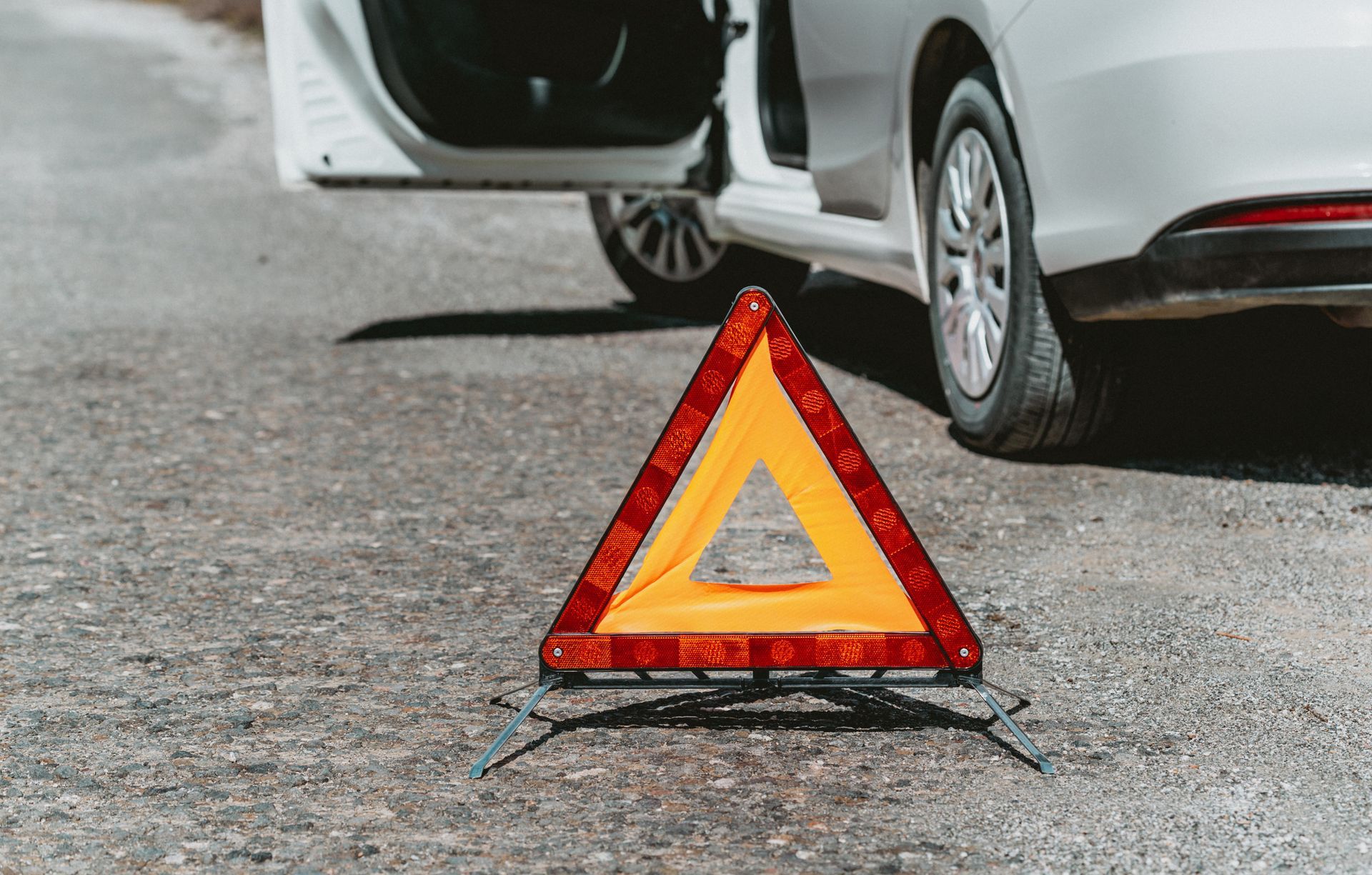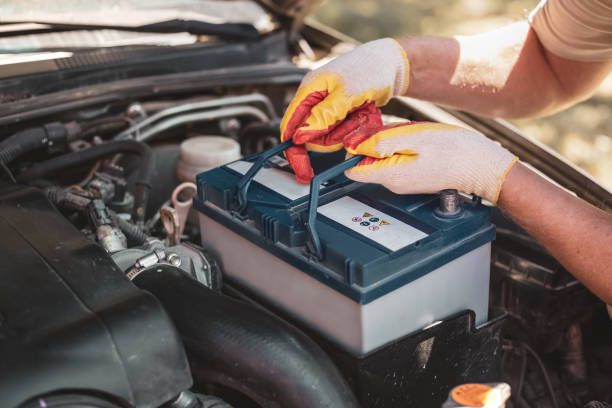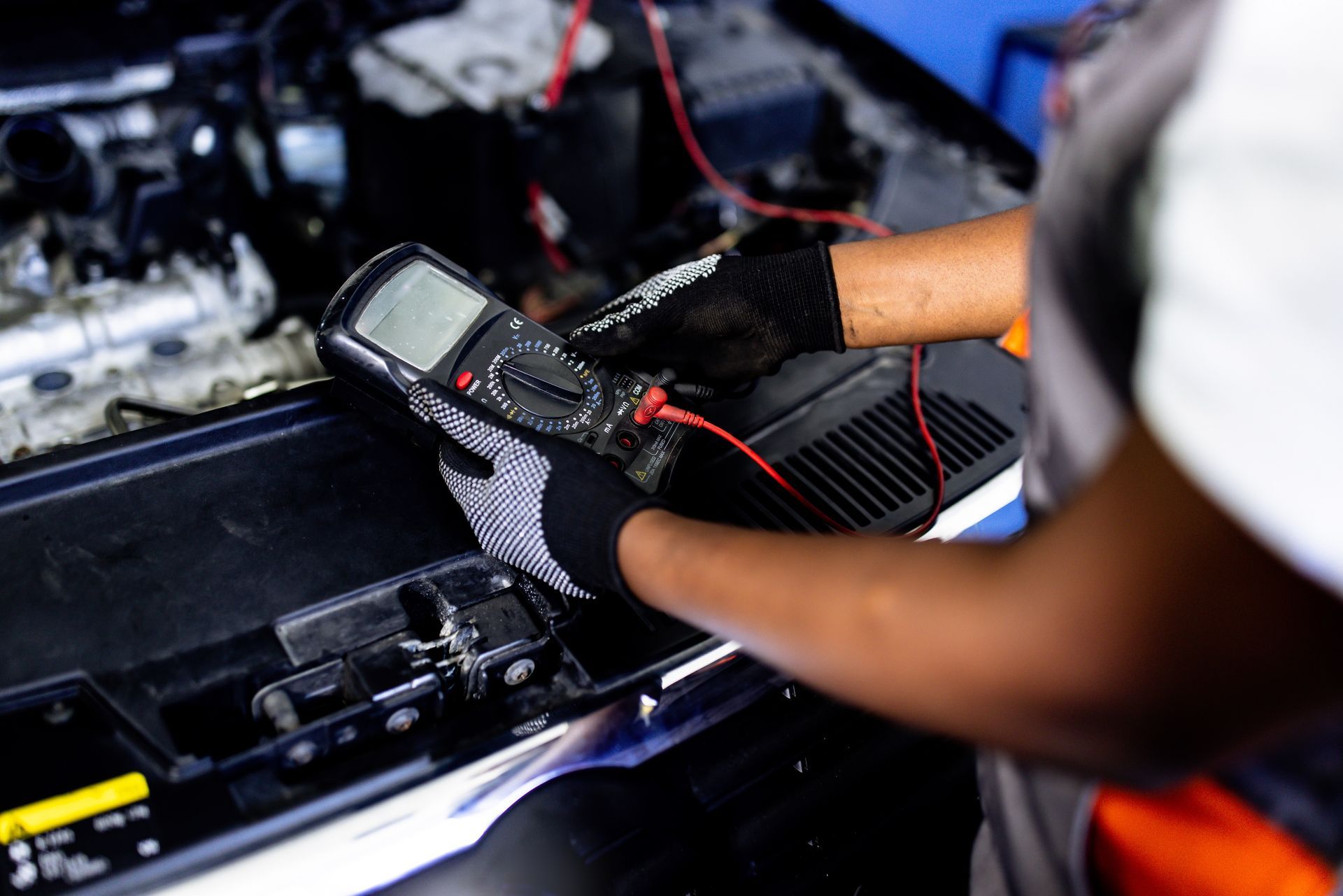Step-by-Step Guide: How to Safely Replace a Flat Tire
Flat tires can strike at the most inconvenient times, but with proper preparation and knowledge, you can handle the situation confidently. At Precision Roadside Service, we’ve outlined essential tips, steps, and practices to help you replace your flat tire safely and get back on the road without stress.
Preventative Measures to Avoid Flat Tires
- Inspect Regularly: Perform a quick walkaround of your vehicle to check for sufficient tread and visible damage to the tires.
- Monitor Tire Pressure: Use a tire pressure gauge regularly to ensure your tires are inflated to the recommended levels.
- Be Alert for Warning Signs: Look out for cracks, bulges, or embedded debris, such as nails, which could lead to a flat tire.
Despite best efforts, flat tires can still happen due to blowouts or road hazards. If you’re faced with this situation, here’s a detailed guide to safely changing your flat tire:
Steps to Replace Your Flat Tire Safely
1. Safety First
- Pull over to a flat, stable surface away from traffic.
- Activate your hazard lights.
- Engage the parking brake to prevent rolling.
2. Prepare the Vehicle
- Place wheel chocks behind the opposite tires to keep your car steady during the process.
3. Loosen Lug Nuts
- Use the lug wrench to turn the lug nuts counterclockwise. Loosen them while the tire is still on the ground but do not remove them completely.
4. Jack Up the Vehicle
- Refer to your owner’s manual to locate the proper jacking point. Position the jack and lift the vehicle until the flat tire is off the ground.
5. Remove Lug Nuts
- Fully unscrew and safely set aside the loosened lug nuts.
6. Take Off the Flat Tire
- Pull the flat tire straight off the wheel hub and place it flat on the ground to avoid rolling.
7. Install the Spare Tire
- Align the spare tire with the wheel hub. Push it snugly onto the hub.
8. Replace Lug Nuts
- Hand-tighten the lug nuts onto the spare tire. Ensure they are snug but not yet fully tightened.
9. Lower the Vehicle
- Carefully lower the car back to the ground using the jack.
10. Tighten Lug Nuts
- Use the lug wrench to securely tighten the lug nuts in a star pattern to evenly distribute pressure.
11. Store Equipment
- Place the flat tire, jack, and tools back into your vehicle to keep them safe and organized.
12. Check Spare Tire Pressure
- Use a tire pressure gauge to ensure your spare tire is inflated to the manufacturer’s recommended PSI.
Important Notes About Spare Tires
Spare tires are designed for temporary use only. Manufacturers recommend replacing them with a full-size factory tire as soon as possible to maintain safety and performance.
Need Assistance? Precision Roadside Service Is Here to Help!
If you’re uncomfortable changing a flat tire or don’t have the tools and equipment, Precision Roadside Service is just a call away.
Call
480-256-8516 today for expert roadside assistance and let us handle the hard work for you. Stay safe and drive confidently with Precision Roadside Service!
This is a subtitle for your new post

